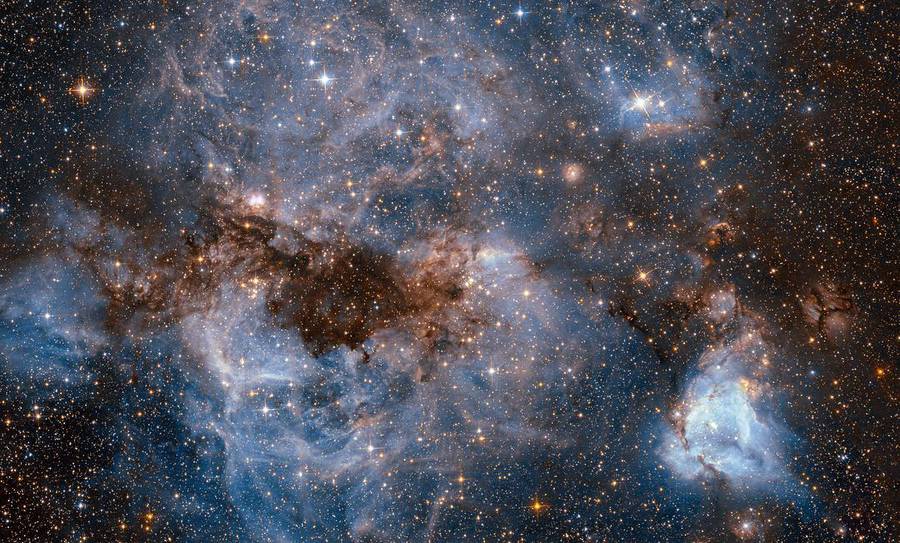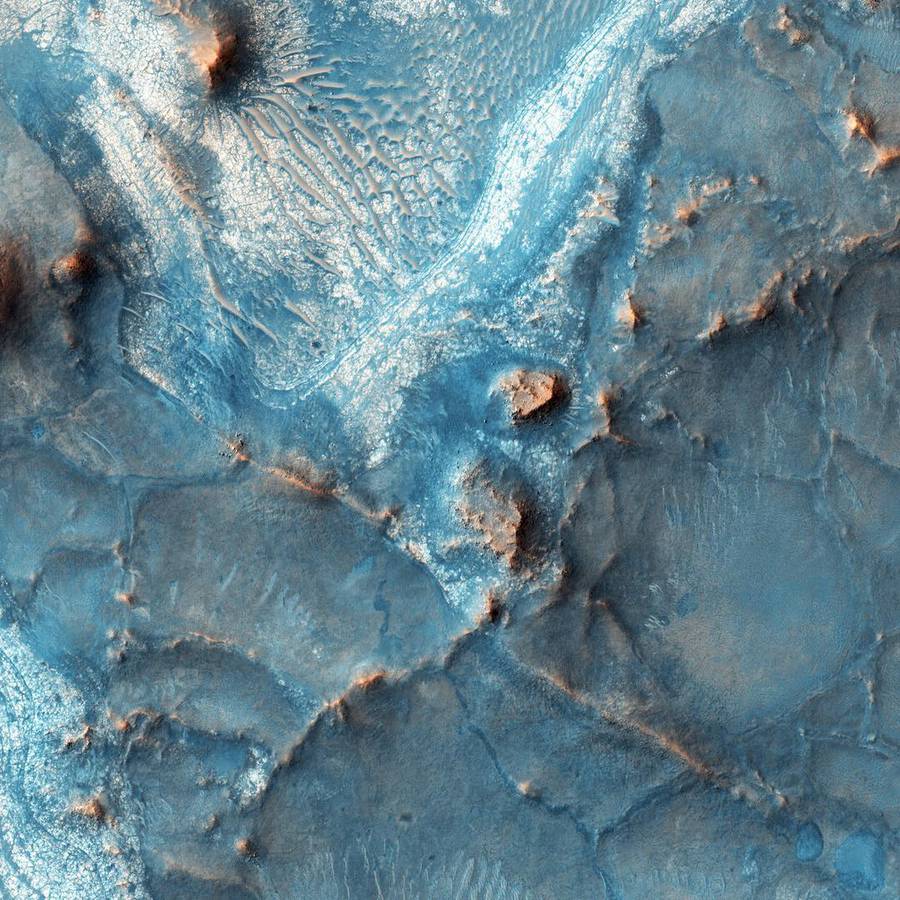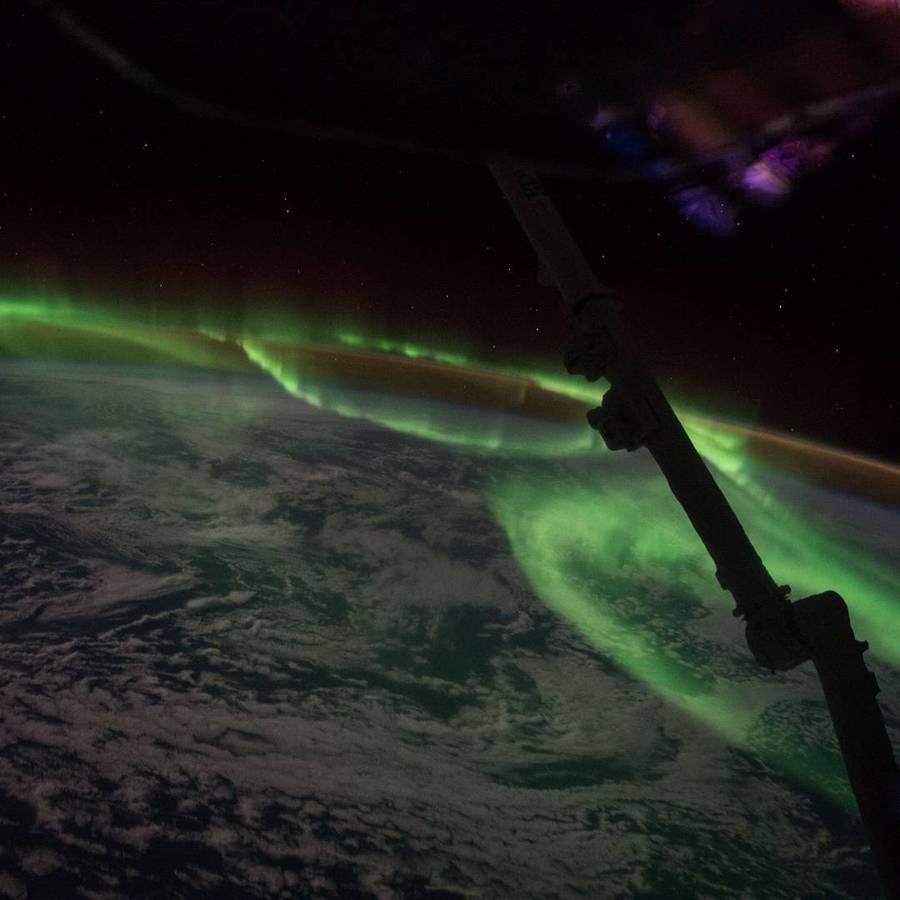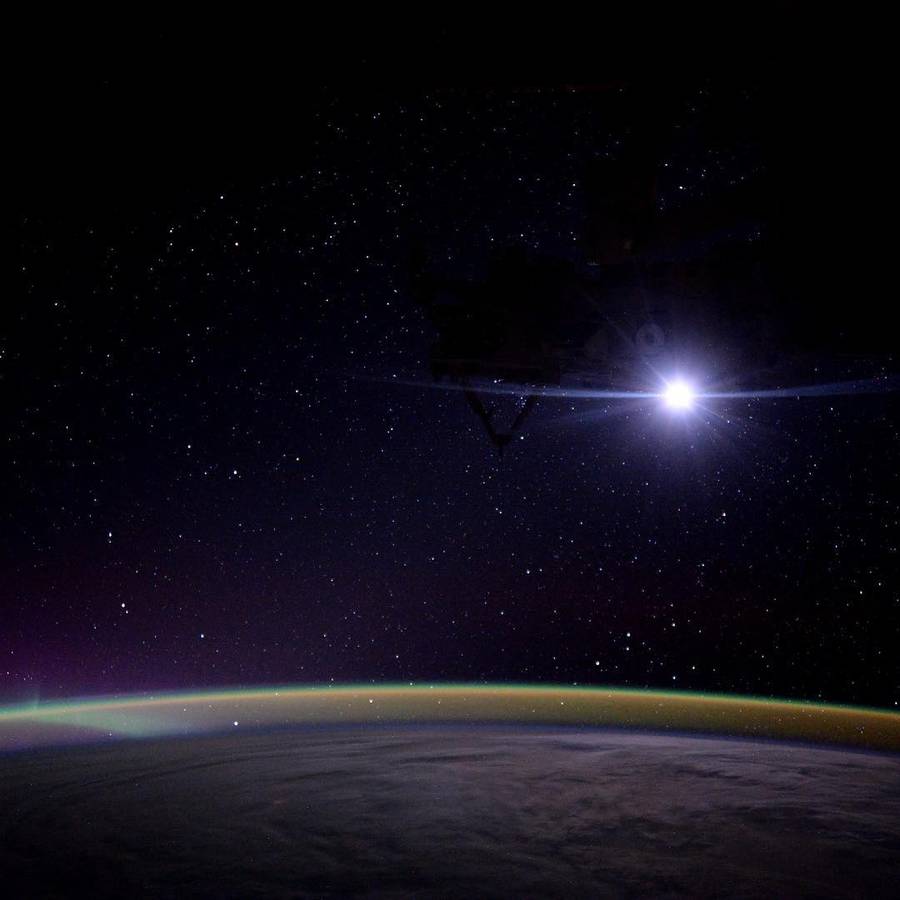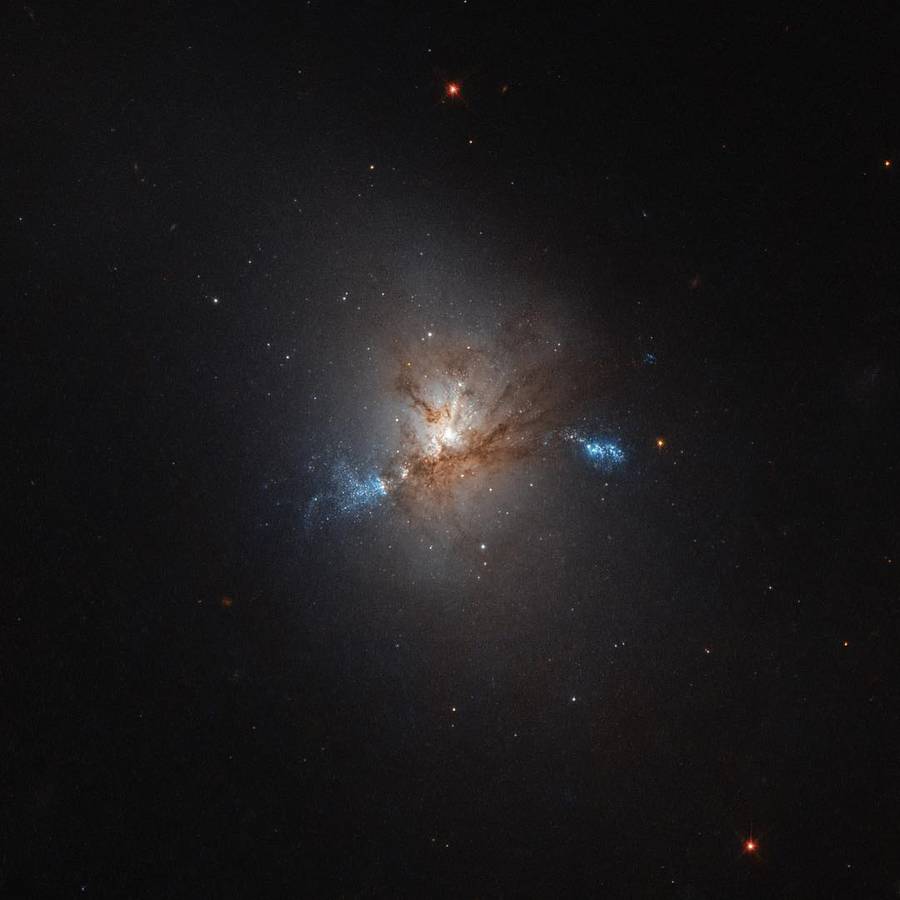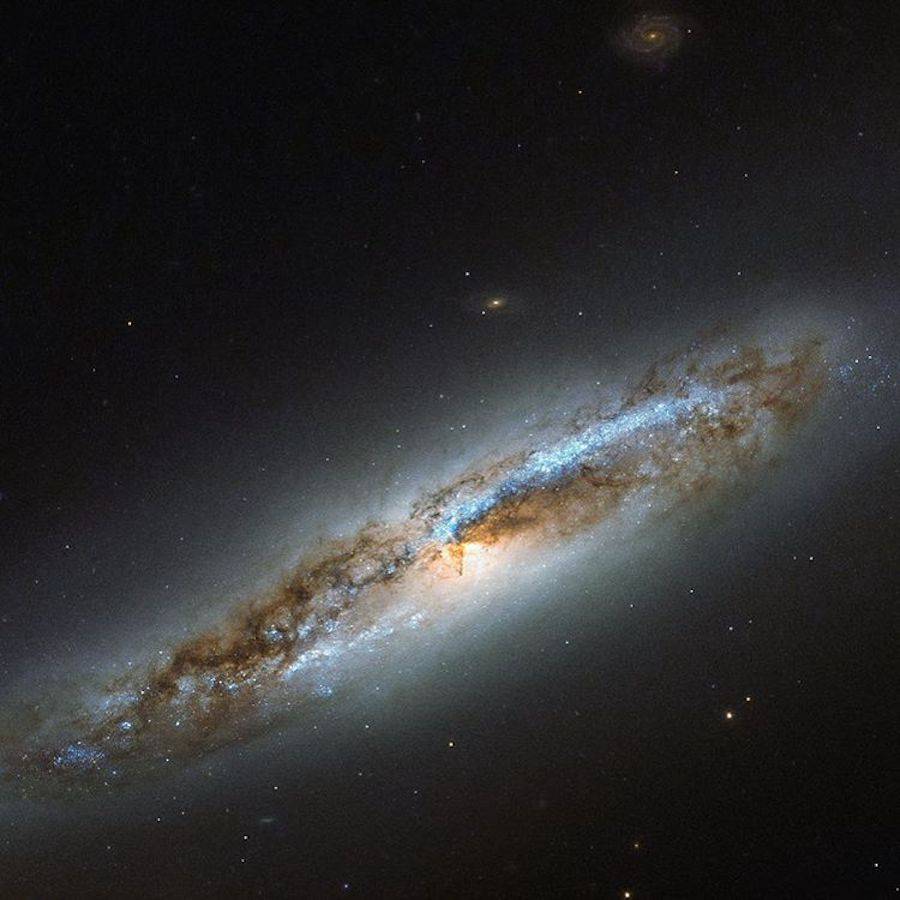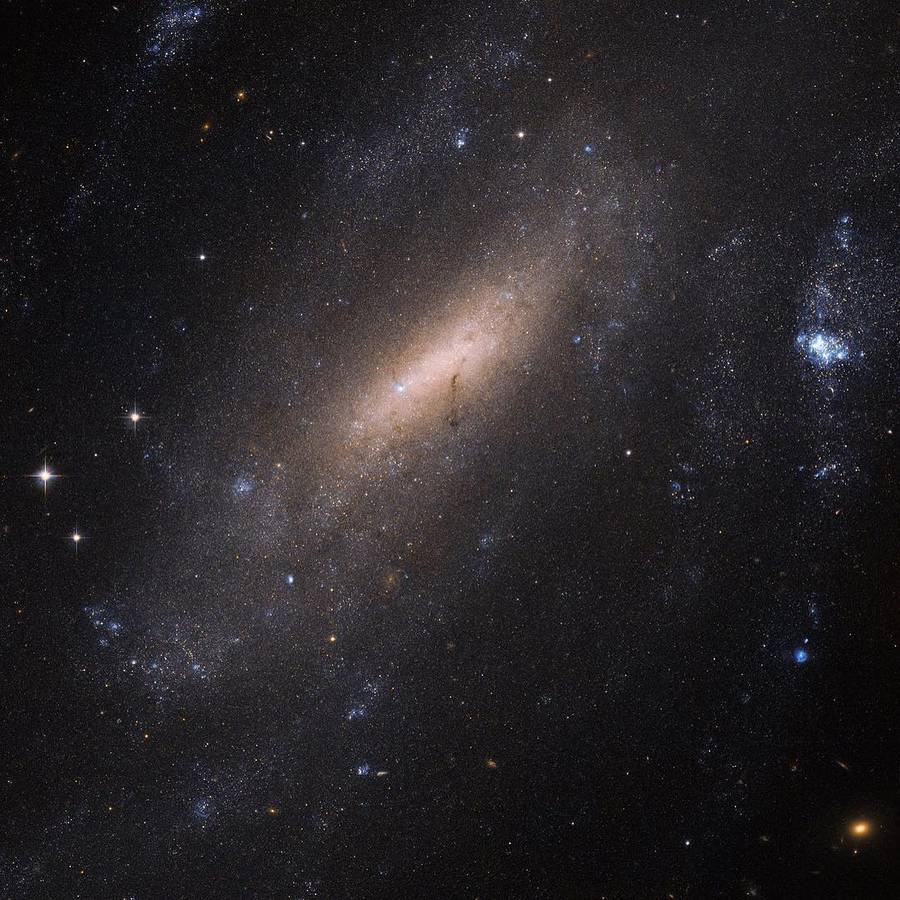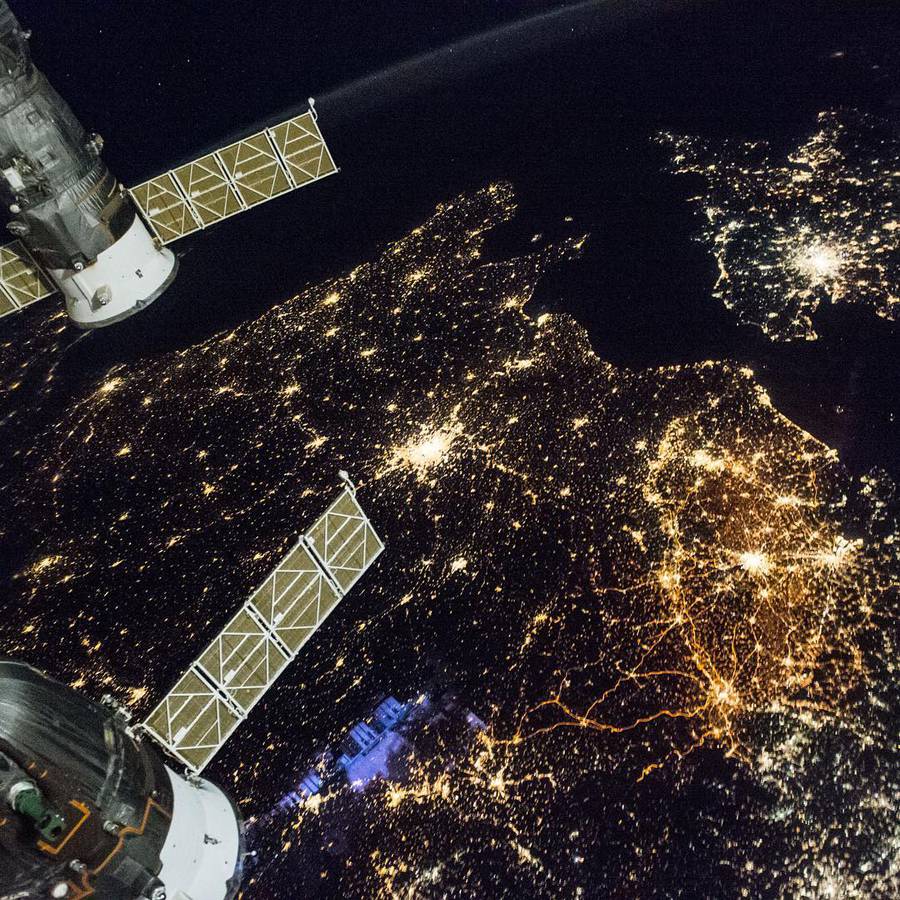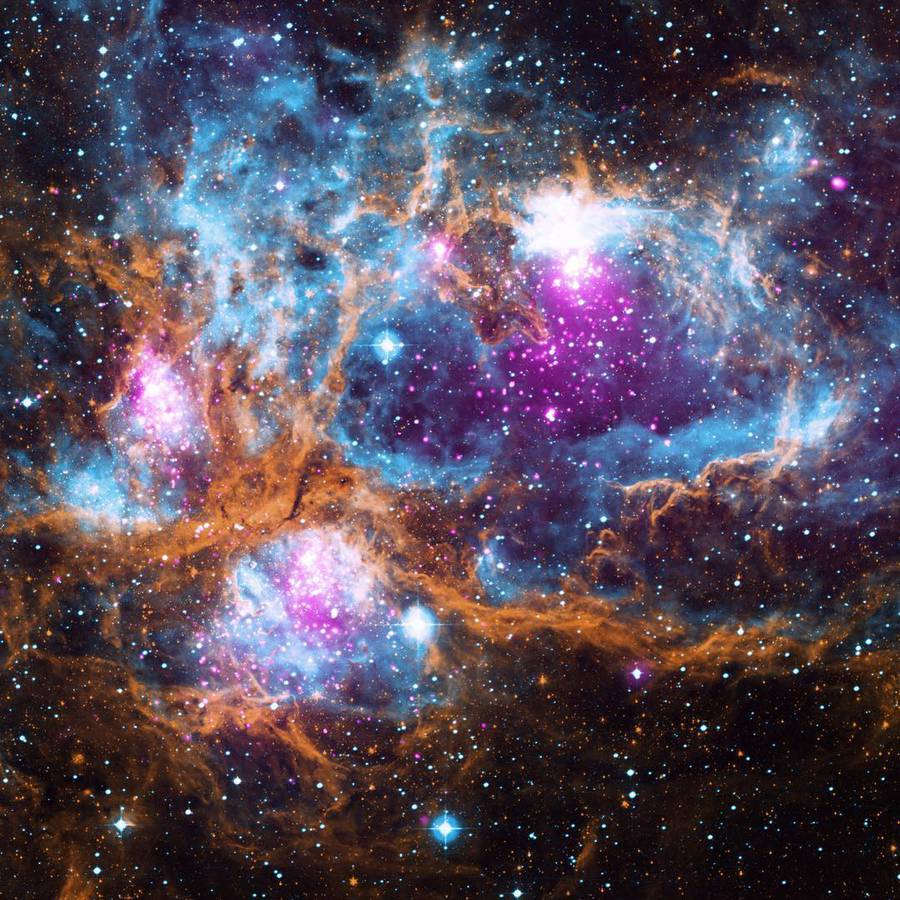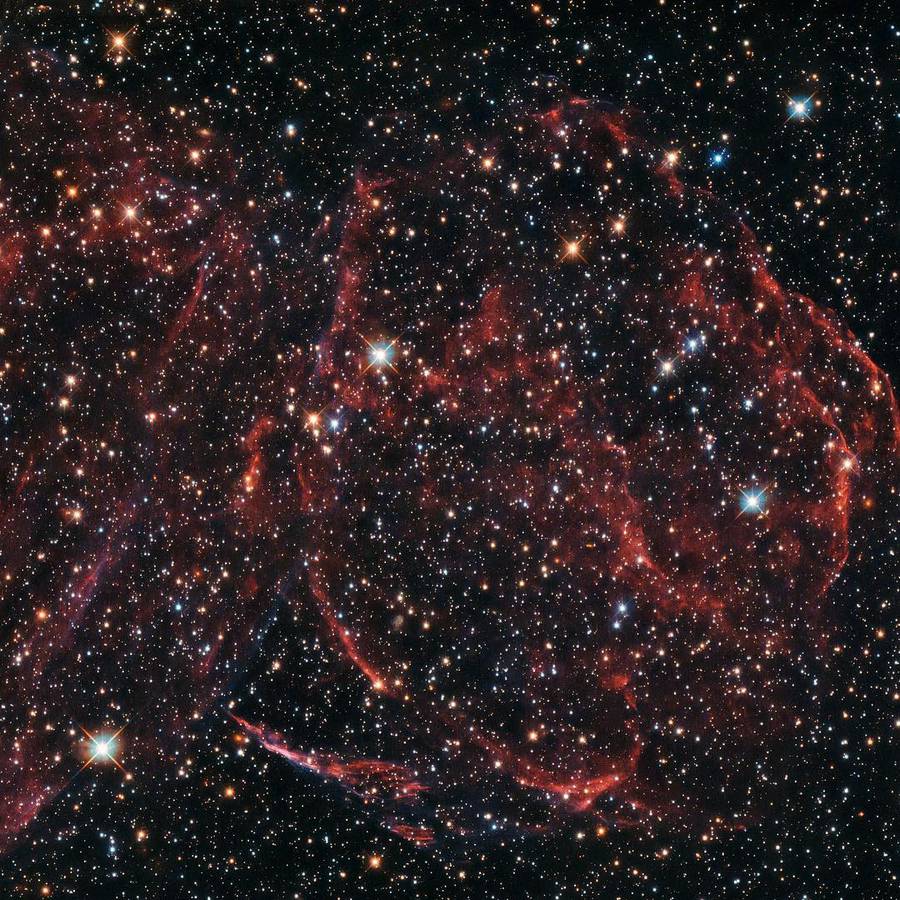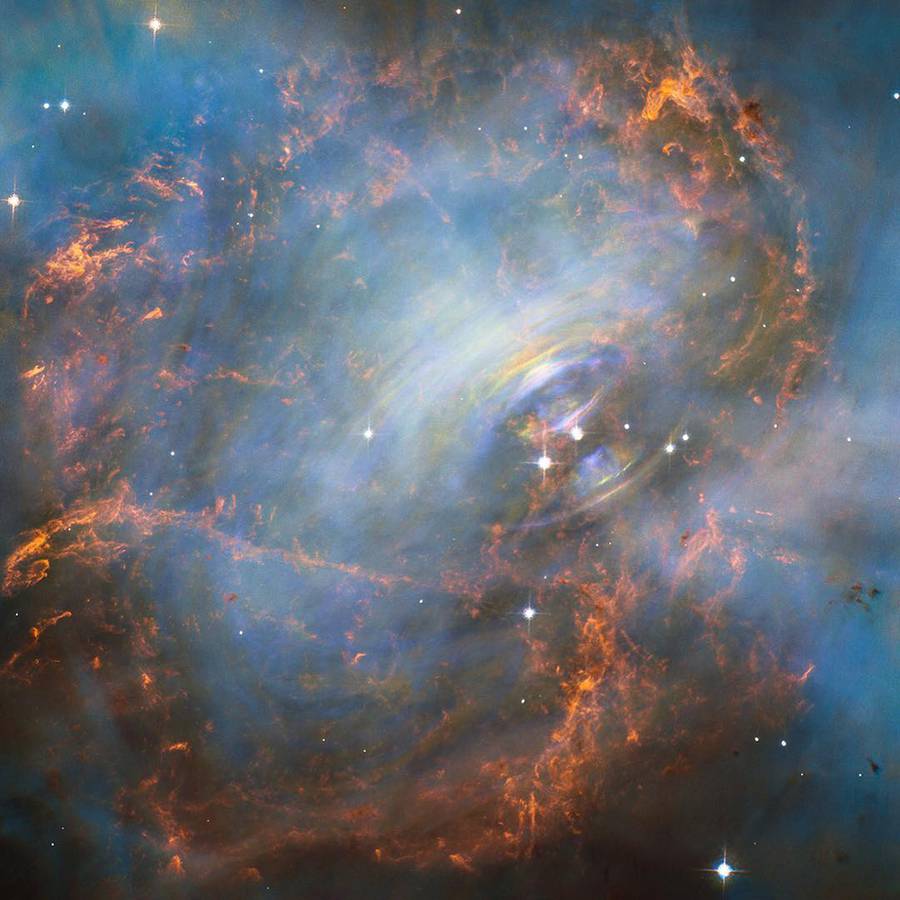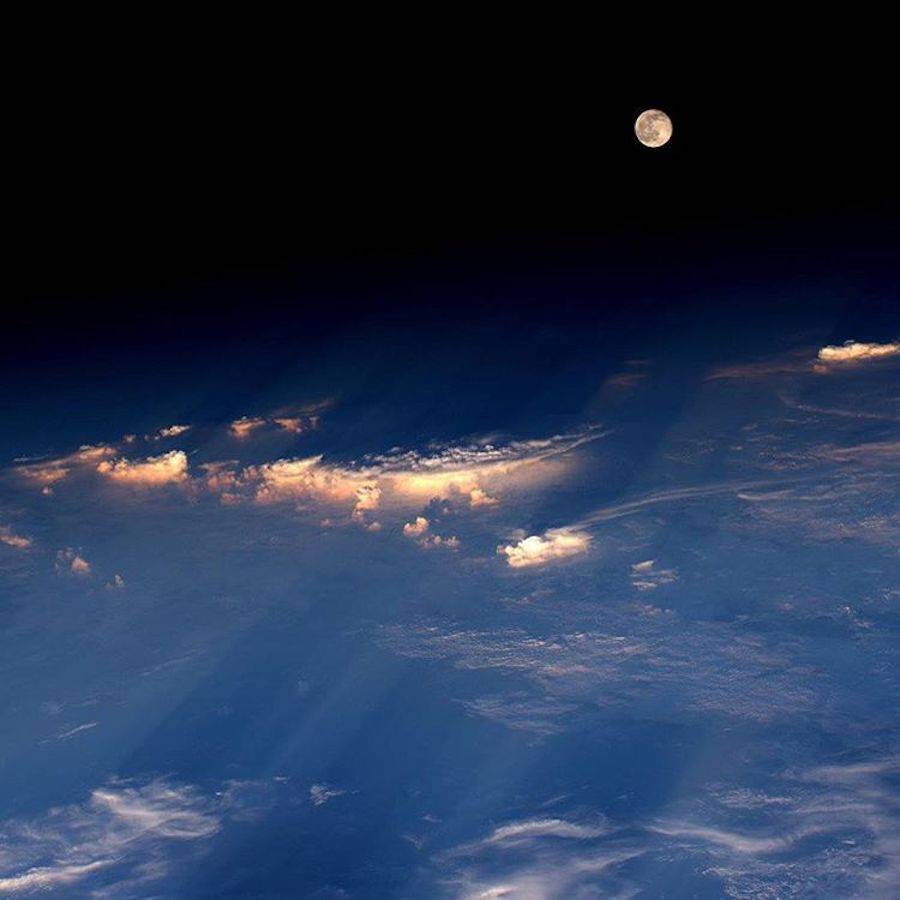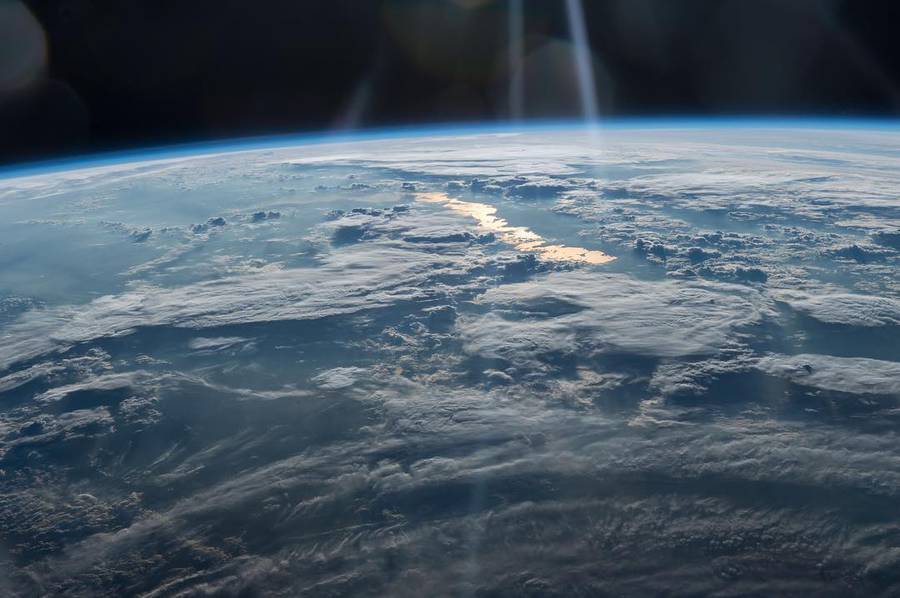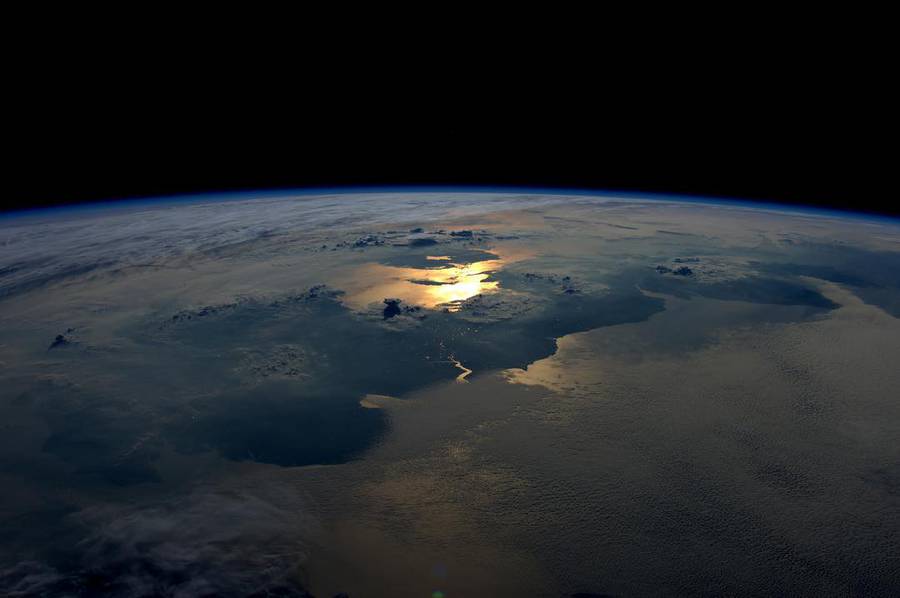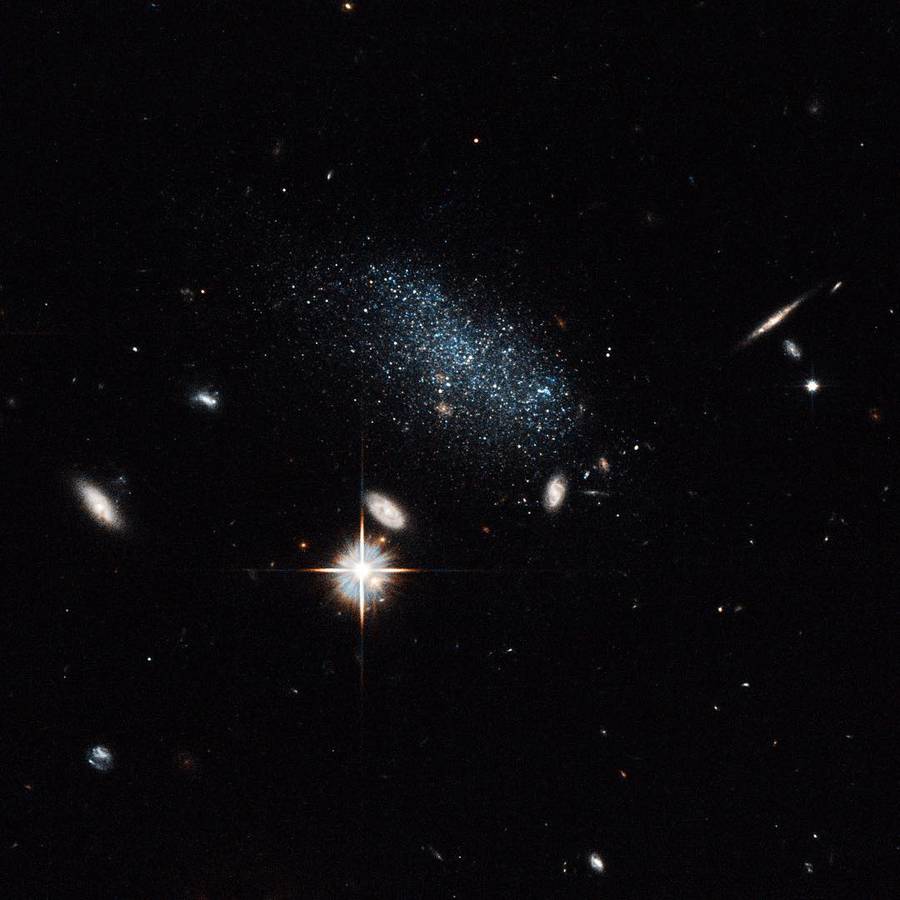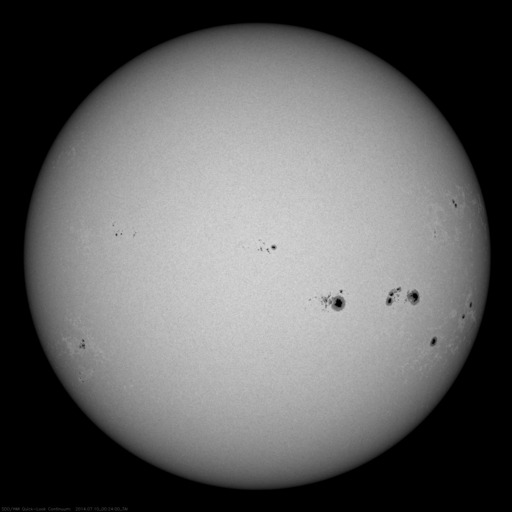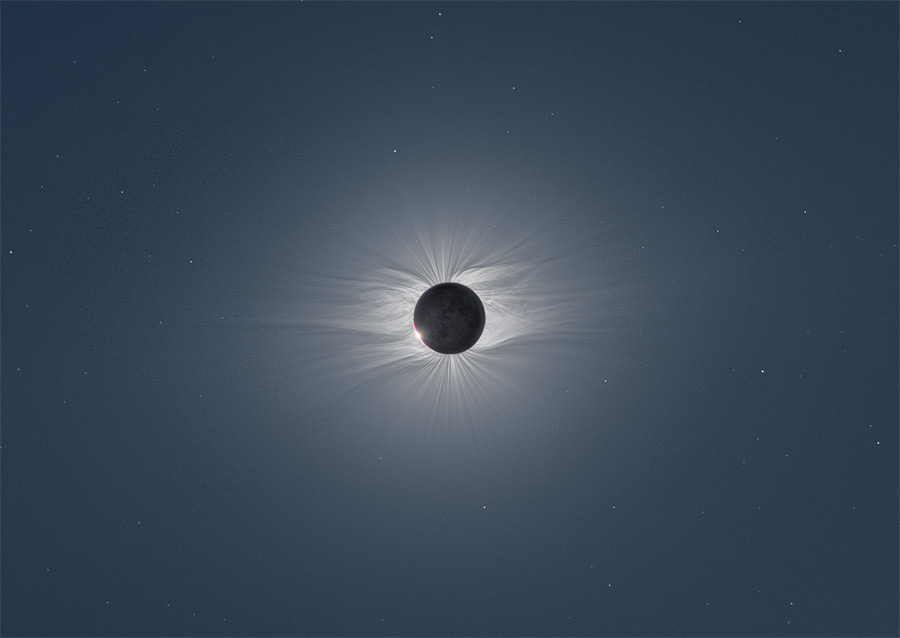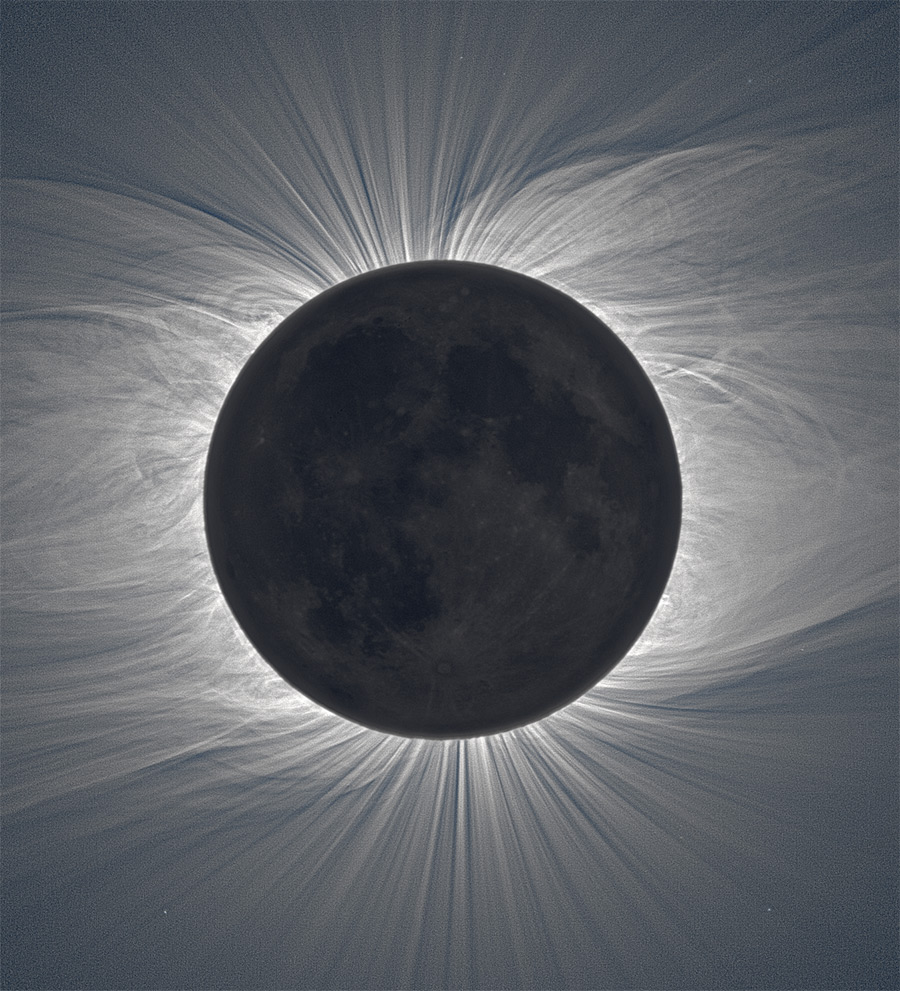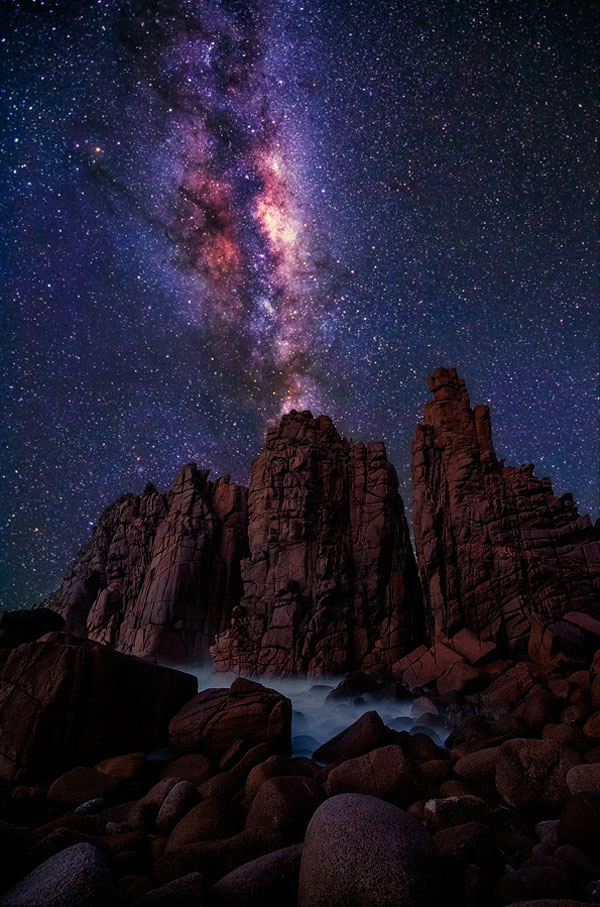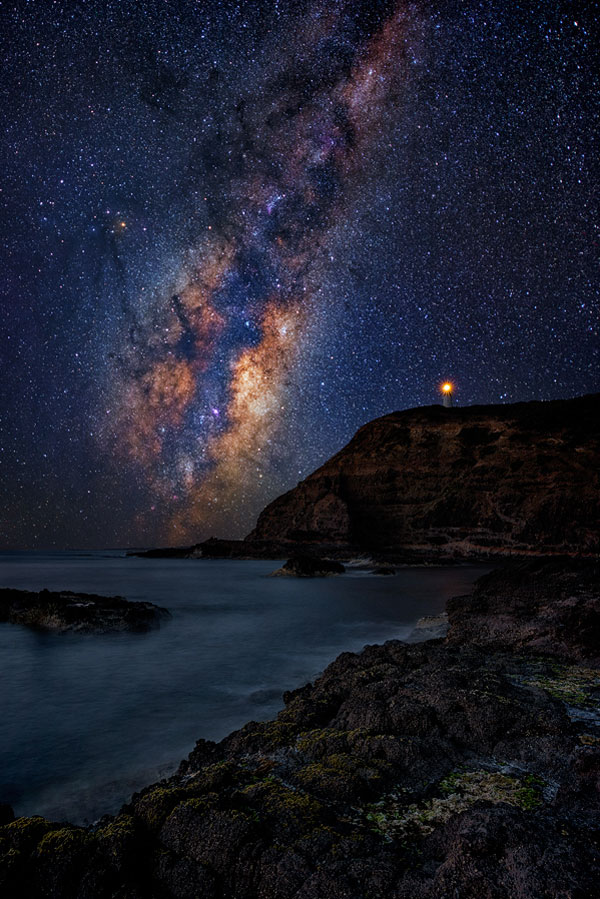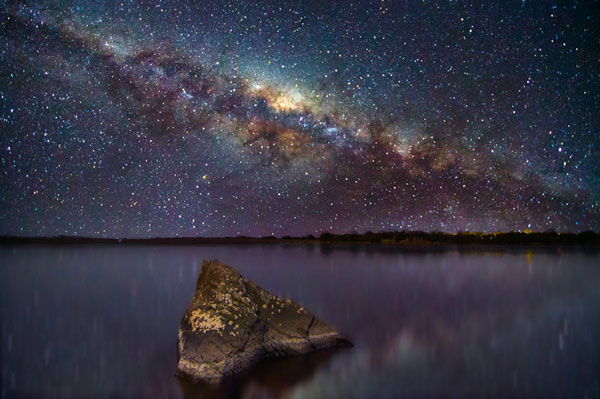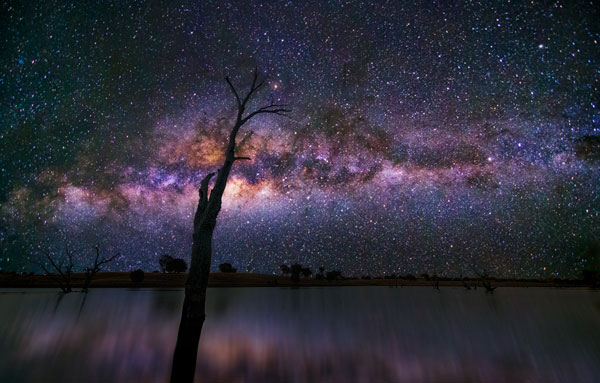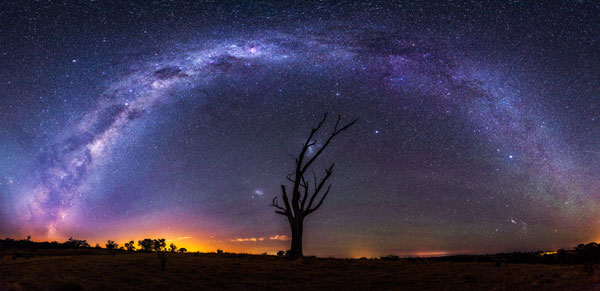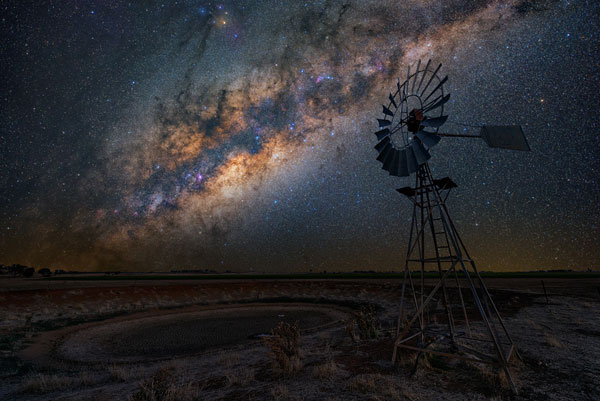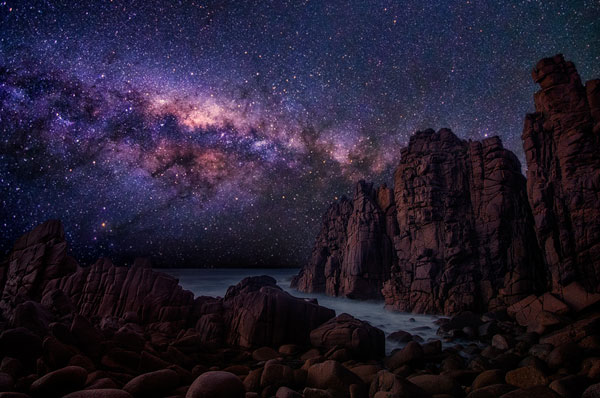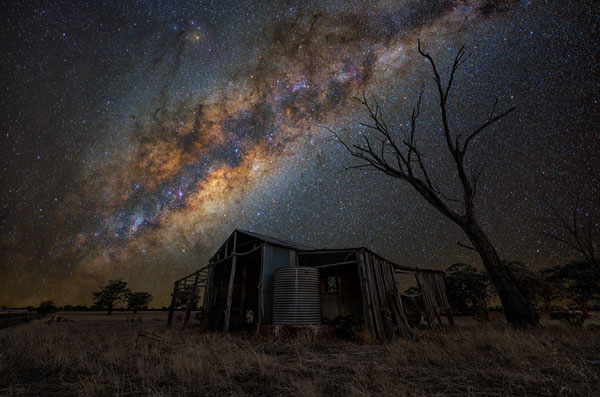FROM THE APOD Explanation: Our solar system's miasma of incandescent plasma, the Sun may look a little scary here. The picture is a composite of 25 images recorded in extreme ultraviolet light by the orbiting Solar Dynamics Observatory between April 16, 2012 and April 15, 2013. The particular wavelength of light, 171 angstroms, shows emission from highly ionized iron atoms in the solar corona at a characteristic temperatures of about 600,000 kelvins (about 1 million degrees F). Girdling both sides of the equator during approach to maximum in the 11-year solar cycle, the solar active regions are laced with bright loops and arcs along magnetic field lines. Of course, a more familiar visible light view would show the bright active regions as groups of dark sunspots. Three years of Solar Dynamics Observatory images are compressed in the video:
NASA's Best Photos of 2016
NASA puts out tons of amazing photos. Here are 20 of 2016's best.
Photo of the Day — The Milky Way Reflected in Bolivia's Salt Flats by Daniel Kordan
Daniel Kordan captured this amazing shot on the world's largest salt flat in Boliva Using long-exposures.
“There are not so many places in the world where you can enjoy absolute dark sky,” Kordan told My Modern Met. “Light pollution is in the cities and even small villages.”
Solar Flares and Activities from NASA Solar Dynamics Observatory
NASA’s Solar Dynamics Observatory (Little SDO) creates composite images, like the lead image, the show a series of eruptions in color-indiciative imagery to make visible the differences in wavelengths. Others in the collection make visible differences in intensity, radiation levels, temperature. All of them are beautiful.
200,000 Photos of Saturn Form a Timelapse
Created by fabio di donato:
"Waltz Around Saturn with this video showing highlights from Cassini's exploration of the giant planet, its magnificent rings, and fascinating family of moons.
This video shows a selection from more than 200.000 pictures taken by the Cassini Spacecraft around Saturn's Rings in a period between 2004 and 2012, published through the Planetary Data System between June 2005 and June 2013 - If you want to know more about the mission please visit saturn.jpl.nasa.gov/ "
Staggeringly Beautiful Night Sky Photos by Nicholas Buer
I am speechlessly in love with these night sky photos from landscape and astro photographer Nicholas Buer.
Buer:
"Gazing up at the night sky has always filled me with a sense of wonder. Since advancements in DSLR technology I have been able to capture the night sky in a way I previously thought impossible and ever since my first successful capture of the milky way, I have been hooked."
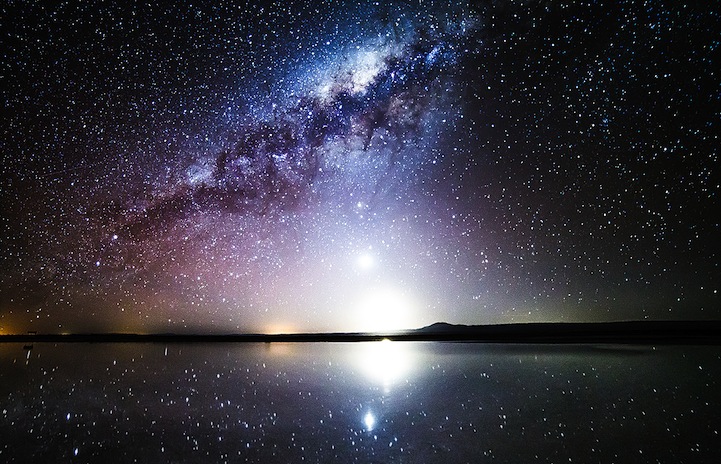
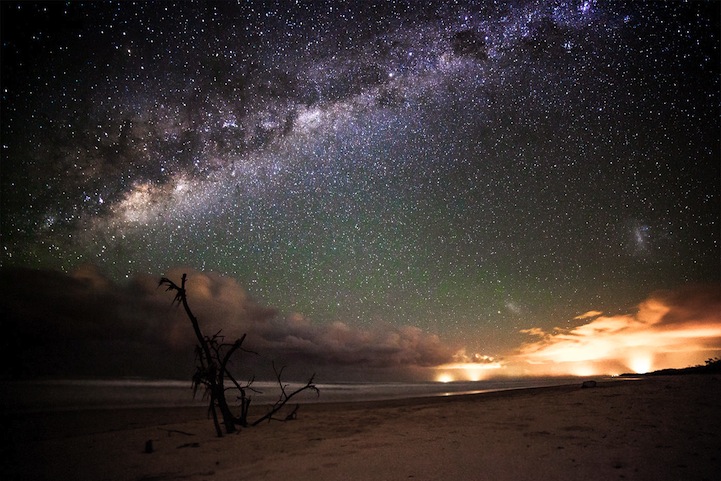
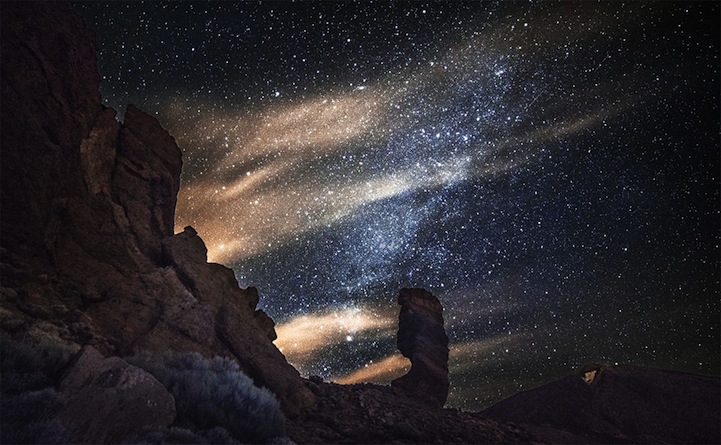
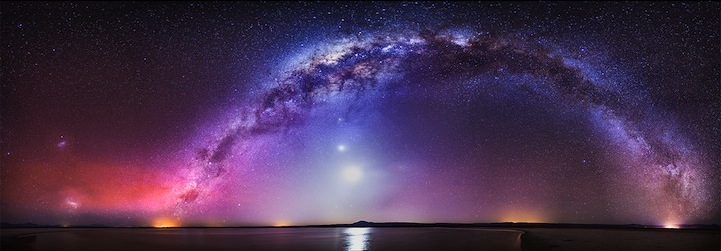

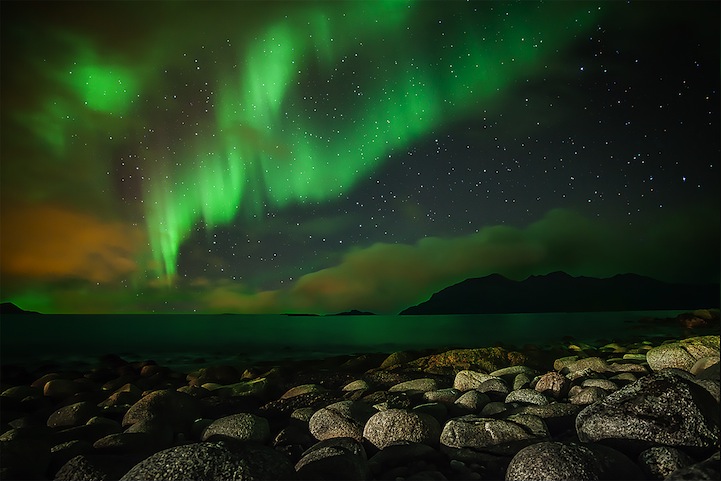
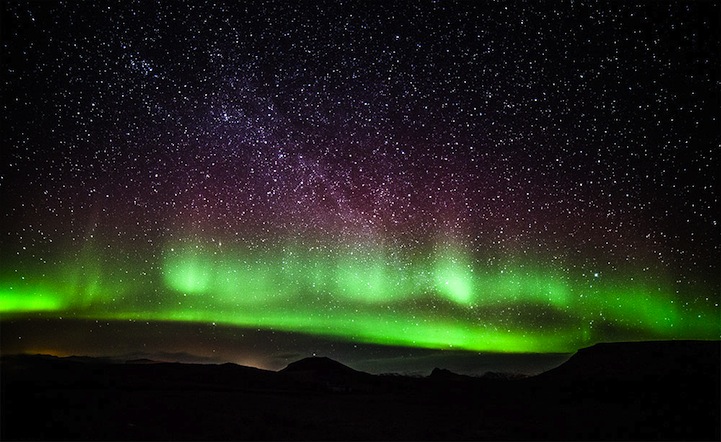
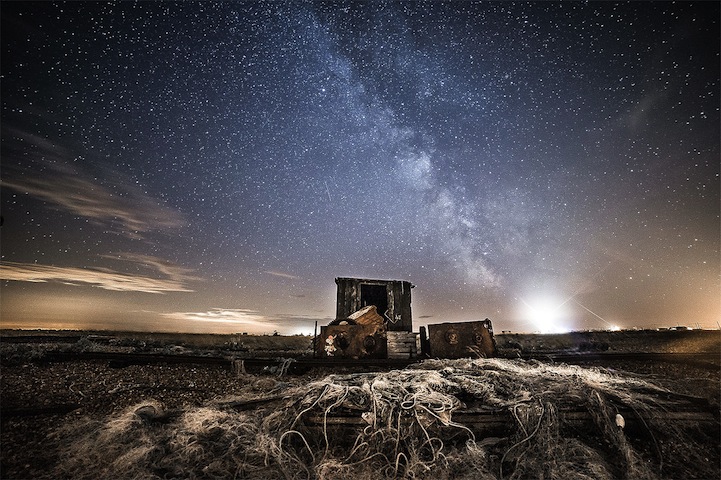

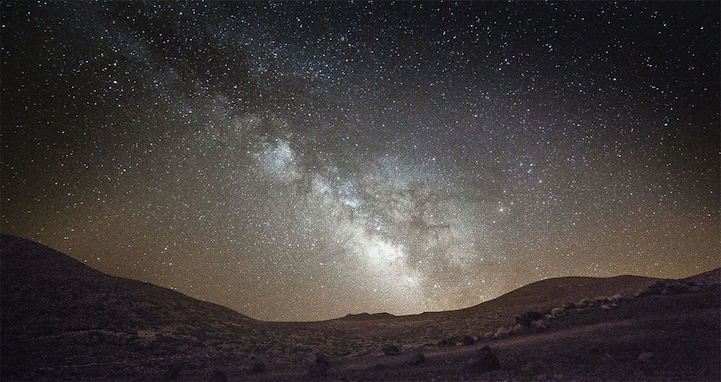
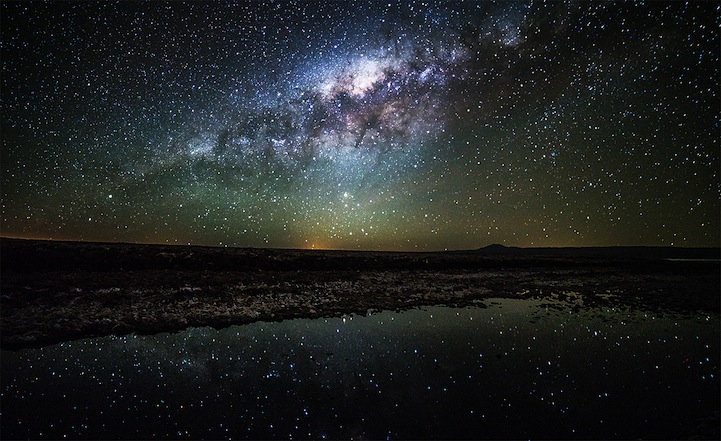
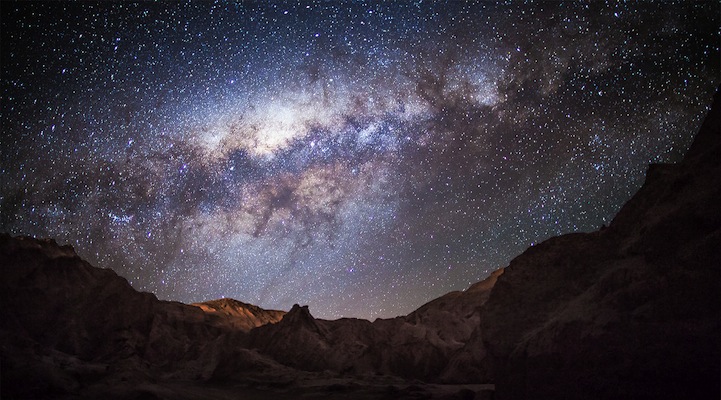

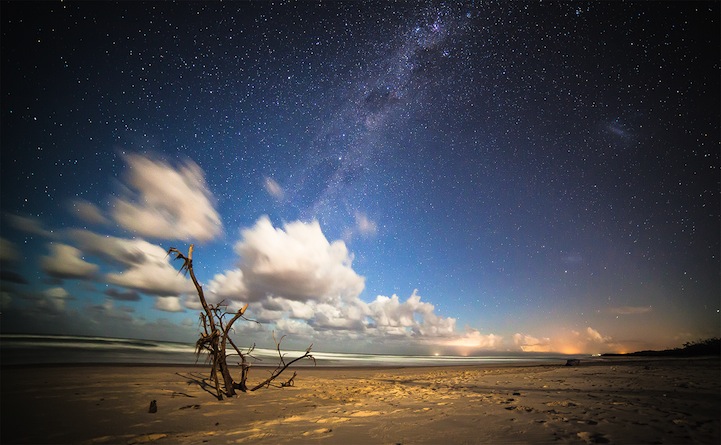
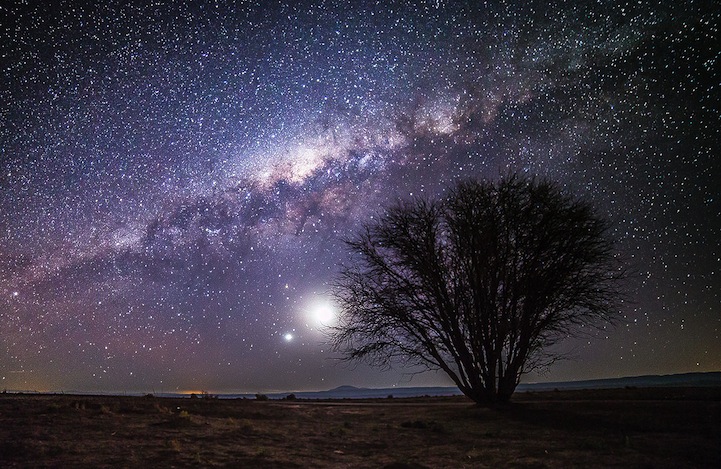
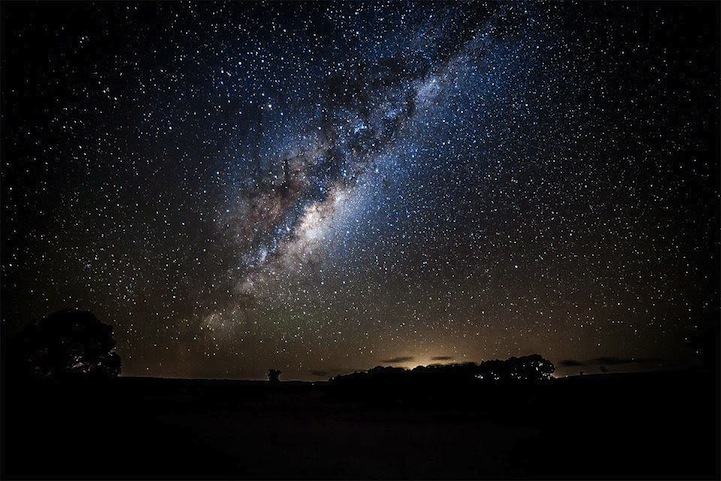
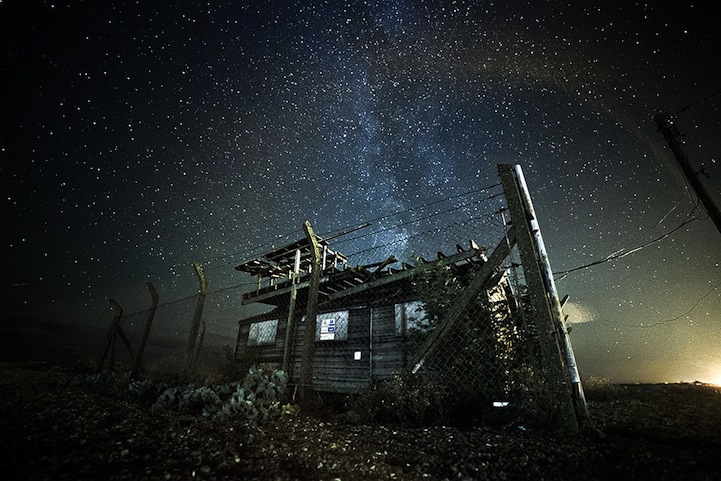
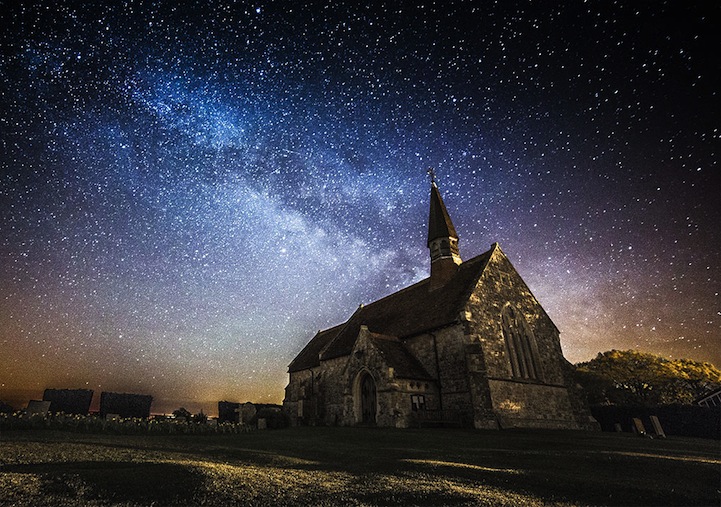
click for larger view
Saturn in Super Hi-Res
A mosaic of 141 wide-angle images taken by Cassini, combining red, green and blue spectral filters. NASA calls it a “natural-color view.”
Leaving Earth: Timelapse of Moving Away from Earth
From NASA:
Explanation: What it would look like to leave planet Earth? Such an event was recorded visually in great detail by the MESSENGER spacecraft as it swung back past the Earth, eight years ago, on its way in toward the planet Mercury. Earth can be seen rotating in this time-lapse video, as it recedes into the distance. The sunlit half of Earth is so bright that background stars are not visible. The robotic MESSENGER spacecraft is now in orbit around Mercury and has recently concluded the first complete map of the surface. On occasion, MESSENGER has continued to peer back at its home world. MESSENGER is one of the few things created on the Earth that has left and will never return -- at the end of its mission MESSENGER will be crashed into Mercury's surface.
Why We Point Our Most Expensive Cameras Out: The Beauty of Space Photography
Astrophysicist Dr. Emily Rice, Hubble Image Processor Zolt Levay and Astronomer David W. Hogg were brought together in this video by PBS to talk on why it's so beautiful and how it's so important to take photos of space.
47-Image Composite of the Moon Reveals Solar Corona During Solar Eclipse
The clarity that Czech photographer Miloslav Druckmüller from the Brno University of Technology, managed to get of this stunning solar corona was due to the 47 different images, shot on two different lenses, that he composited to make this singular image.
The detail and contour of the image also owes a lot the lack of light pollution at the extremely remote Enewetak Radiological Observatory on the Marshall Islands, in the middle of the Pacific Ocean, where he shot them.
Also check out the Full Moon Timelapse over Downtown LA


